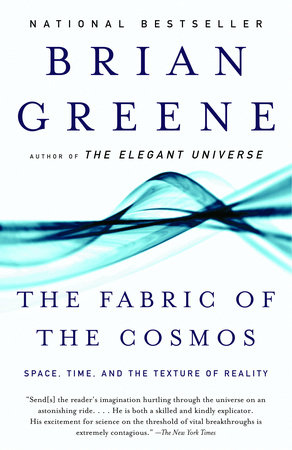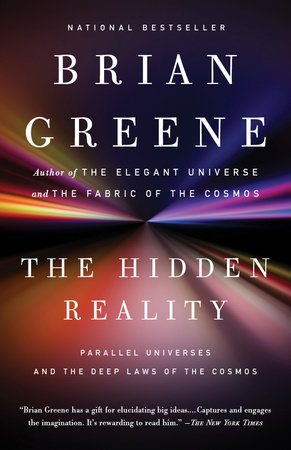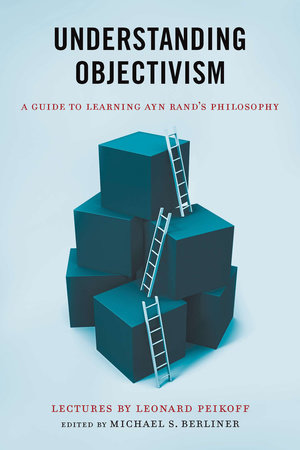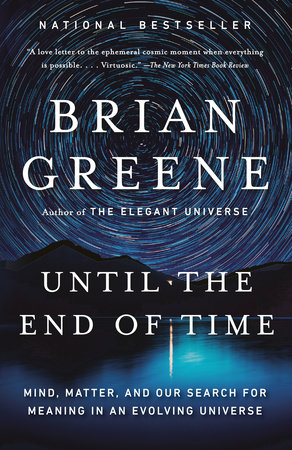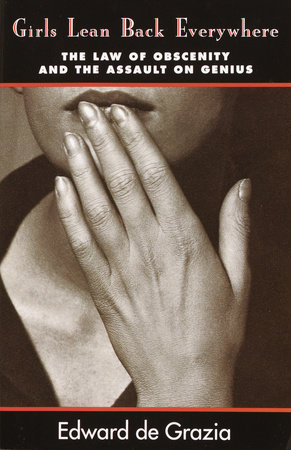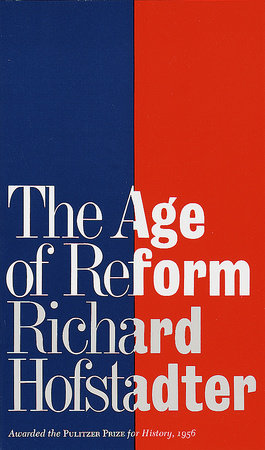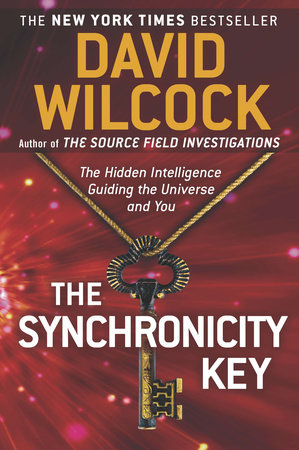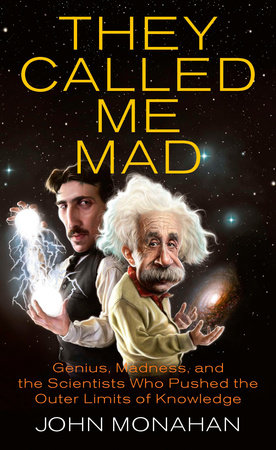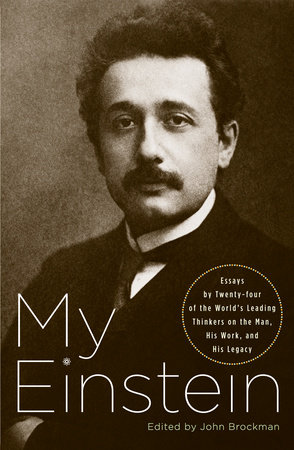A Conversation with Brian Greene
Q: What would you say to people who think they are just not smart enough to ever fully wrap their minds around the nature of the universe?
A: For most people, the major hurdle in grasping modern insights into the nature of the universe is that these developments are usually phrased using mathematics. But when the impediment of mathematics is removed and the ideas themselves are rephrased in common language, they’re not that hard to understand. So, I say: give it a try–and most people do find that they grasp much more than they expected.
Q: Is it a challenge, as a physicist and mathematician to write in a way that everyone can understand?
A: It is a challenge, but for me its both a useful and exciting one. I find that translating cutting-edge research into more familiar language forces me to strip away extraneous details and zero in on the core ideas. Often, this helps me to organize my own thoughts and has even suggested research directions. And it’s exciting to see ideas that are close to my heart and those of other researchers in the field reach a wider audience. The questions we are tackling are universal, and everyone deserves the right to enjoy the progress we’re making.
Q: What made you decide to follow The Elegant Universe and string theory with an exploration of cosmology?
A: Well, I wouldn’t say that The Fabric of the Cosmos is a book on cosmology. Cosmology certainly plays a big part, but the major theme is our ever evolving understanding of space and time, and what it all means for our sense of reality. The Elegant Universe was a book about the search for a unified theory, in which space and time were supporting characters. As I was writing it, I almost had to keep space and time in check, as they so easily could have taken over. In The Fabric of the Cosmos, I let them have free reign–and space and time, with little effort, assumed the starring roles.
Q: You make some mind-boggling statements about the nature of time. Can you elaborate on the difference between how physicists and the rest of us view time?
A: Well, in day to day life, physicists view time in the same way that everyone else does. And that makes it all the more surprising when we examine how time appears in our current theoretical frameworks, because nowhere in our theories do we see the intuitive notion of time that we all embrace. Nowhere, for example, can we find the theoretical underpinnings for our sense that time flows from one second to the next. Instead, our theories seem to indicate that time doesn’t flow–rather, past, present, and future are all there, always, forever frozen in place. Moreover, we all sense that time has a direction pointing from what we call past to what we call future. And much of what we experience adheres fully to this "arrow of time" (e.g. eggs break but they never unbreak, we remember the past but not the future, etc.). But as familiar as this all is, explaining the origin of time’s arrow using our understanding of physics is no small task. And when we look at the problem closely, it seems to require that we understand what conditions were like at the birth of the universe. That is why I spend a good deal of time in The Fabric of the Cosmos discussing cosmology.
Q: Doesn’t that make it hard to catch a train?
A: It does, but it doesn’t make for a good excuse–at least not more than once.
Q: You discuss some seemingly simple things that turn out to be quite complex beneath the surface, like water sloshing around a spinning bucket. Can you explain?
A: Well, physics is ultimately about explaining what we see and experience. And some things that might seem mundane–like a bucket of spinning water–actually tap into some deep mysteries. As I describe in the book, Newton himself realized that a bucket of spinning water raised surprisingly delicate questions about the nature of space–whether or not space is a human abstraction or a real physical entity. It’s a question we are still pondering today.
Q: What’s the most startling and unexpected revelation about the universe that you have seen in your career as a physicist?
A: That’s a tough question. Probably the growing belief, due largely to string theory, that our universe may really have more than three space dimensions. That possibility really blows my mind.
Q: You are one of the world’s foremost experts on string theory. In your new book you also talk about superstrings and branes, what exactly is the difference?
A: Well, a superstring–like a very, very thin rubber band–is an object with only one dimension, the dimension that extends along its own length. Branes are simply objects with more dimensions. A two-brane has two dimensions (like a disk or frisbee), a three-brane has three
dimensions (like a lump of clay), and the higher dimensional branes have more dimensions (don’t worry, I can’t picture them either). The point is that superstring theory was initially thought to only contain strings. But in recent years, we’ve come to realize that these other, higher dimensional objects–the branes–also have an important role in the theory.
Q: What are black holes and what do they tell us about the nature of universe?
A: Black holes are regions of the universe in which so much mass has been crushed to such a small size that the pull of gravity is enormous. So strong, in fact, that if you get too close it is impossible to escape. Even a beam of light that gets to close will be sucked in, explaining why black holes are black–light can’t escape their powerful gravitational grip. Black holes provide theoreticians with an important theoretical laboratory to test ideas. Conditions within a black hole are so extreme, that by analyzing aspects of black holes we see space and time in an exotic environment, one that has shed important, and sometimes perplexing, new light an their fundamental nature.
Q: You say that a particle on one side of the universe can influence the action of a sister particle on the other side of the universe instantaneously. Does this violate Einstein?s statement that nothing can travel faster than the speed of light?
A: It is a delicate question, but most physicists would say no. The influence is such that no information can be sent from place to place at faster than light speed, and many believe that’s enough to avoid conflict with Einstein’s recognition that light sets a cosmic speed limit. I am among those who take this point of view, but as I stress in the book, this issue–due to remaining conundrums surrounding quantum mechanics–is not fully settled.
Q: How close are we to really understanding the nature of the universe?
A: Sometimes I think the final theory is just around the corner. Sometimes I think such thoughts are naive. The bottom line is I don’t know, but what we’re learning is so startling, that in a way it doesn’t matter. When or if we reach the deepest understanding, it will be a major moment for our species. But until then, making progress at unravelling the cosmos is its own reward.
Q: What do you think of the new Matrix movie?
A: Liked the first one better–made you think more about what constitutes reality. Second one had only a bit of that, and although the effects were great, I just felt exhausted by the end.
